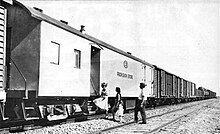
The Adelaide–Darwin railway line is a railway line in Australia, between the South Australian town of Tarcoola and the Northern Territory city of Darwin. Preceded by a number of other shorter railways, a line through to Darwin was fully realised in 2004 when the final link from Alice Springs to Darwin was opened. Forming the main section of the 2,975 kilometres (1,849 mi) rail corridor between the cities of Adelaide and Darwin, the line is used by The Ghan passenger train and interstate freight trains operated by Aurizon.

The Indian Pacific is a weekly experiential tourism passenger train service that runs in Australia's east–west rail corridor between Sydney, on the shore of the Pacific Ocean, and Perth, on the shore of the Indian Ocean – thus, like its counterpart in the north–south corridor, The Ghan, one of the few truly transcontinental trains in the world. It first ran in 1970 after the completion of gauge conversion projects in South Australia and Western Australia, enabling for the first time a cross-continental rail journey that did not have a break of gauge.
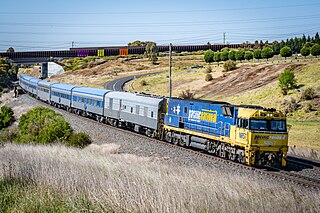
The Overland is an interstate passenger train service in Australia, travelling between the state capitals of Melbourne and Adelaide, a distance of 828 km (515 mi). It first ran in 1887 as the Adelaide Express, known by South Australians as the Melbourne Express. It was given its current name in 1936. Now operated by private company Journey Beyond, the train undertakes two return trips a week. Originally an overnight train that stopped at large intermediate stations, it now operates during the day, stopping less frequently.

The Trans-Australian Railway, opened in 1917, runs from Port Augusta in South Australia to Kalgoorlie in Western Australia, crossing the Nullarbor Plain in the process. As the only rail freight corridor between Western Australia and the eastern states, the line is economically and strategically important. The railway includes the world's longest section of completely straight track.

The Westland was the name given in 1938 to the overnight train operated by the Western Australian Government Railways (WAGR) with sitting and sleeping cars between Perth and Kalgoorlie, where it connected with the Trans-Australian service to Adelaide.
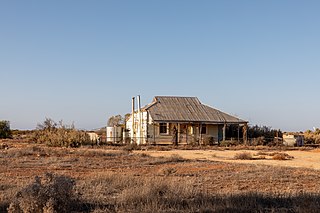
Rawlinna is an isolated locality on the Trans-Australian Railway in Western Australia, about 900 kilometres east of Perth and 350 kilometres west of the Western Australia / South Australia border. It is on the Nullarbor Plain, about 50 kilometres from its western fringe; the topography is flat and well grassed, with saltbush and bluebush, with small belts of myall and myoporum trees. Annual rainfall is 288 millimetres. Maximum daytime temperatures are typically 38 °C (100 °F) through summer and 19 °C (66 °F) during winter. In 2016, the population in the area was recorded as 30 people.

The Commonwealth Railways were established in 1917 by the Government of Australia with the Commonwealth Railways Act to administer the Trans-Australia and Port Augusta to Darwin railways. In 1975, all assets were acquired by the Australian National Railways Commission, branded as Australian National Railways and subsequently Australian National, trademarked as AN.
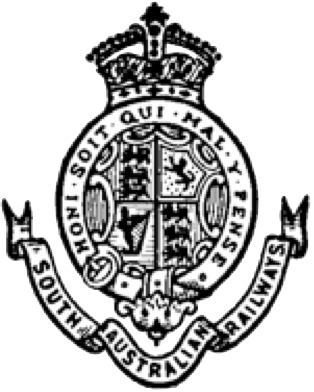
South Australian Railways (SAR) was the statutory corporation through which the Government of South Australia built and operated railways in South Australia from 1854 until March 1978, when its non-urban railways were incorporated into Australian National, and its Adelaide urban lines were transferred to the State Transport Authority.

The GT46C is a model of diesel-electric locomotive designed and built by Clyde Engineering using Electro-Motive Diesel components. A number of Australian rail freight operators purchased them from 1997: Westrail as the Q class, FreightLink as the FQ class, and Freight Australia as the single-locomotive V class. As of 2022, all 24 locomotives were owned by Aurizon following its purchase of certain One Rail Australia assets in July 2022.

The GM class are a class of diesel locomotives built by Clyde Engineering, Granville for the Commonwealth Railways in several batches between 1951 and 1967. As of January 2014, some remain in service with Aurizon and Southern Shorthaul Railroad.
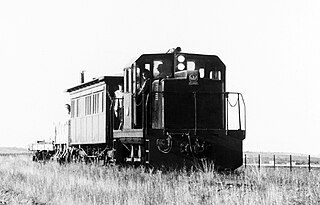
The Commonwealth Railways NC class consisted of two diesel-hydraulic locomotives built by Clyde Engineering, Granville, New South Wales in 1956. The Lakewood Firewood Company, Kalgoorlie was the first owner; the Commonwealth Railways purchased them in 1965. They ceased revenue service in the early 1980s.
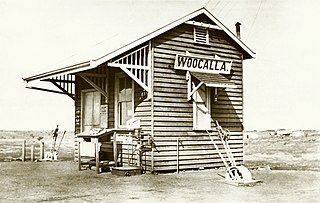
When the Trans-Australian Railway was completed in 1917 from Kalgoorlie to Port Augusta, about 50 settlements of various sizes were established along the line, from which maintenance workers kept the track in operational condition. They and their families led an isolated life, although they were supplied with provisions by a weekly special train, which also provided banking and postal facilities. Passenger trains were hauled by steam locomotives, which needed to take on water at various stopping places. The 1930s to 1940s services required regular stops on the traverse.
The Inlander is a passenger train that operates between Townsville and Mount Isa on the Great Northern railway line in Queensland, Australia. It was introduced by Queensland Rail on 12 February 1953 using new steel air-conditioned carriages built by Commonwealth Engineering, Rocklea.
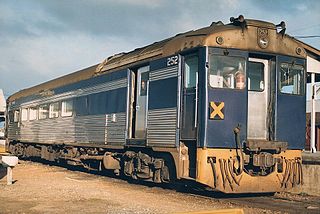
The Bluebird railcars were a class of self-propelled diesel-hydraulic railcar built by the South Australian Railways' Islington Railway Workshops between 1954 and 1959.
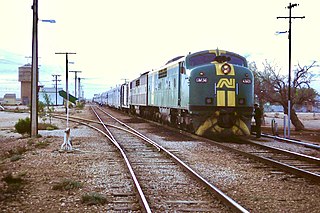
The Trans-Australian was an Australian passenger train operated by the Commonwealth Railways initially between Port Augusta and Kalgoorlie on the Trans-Australian Railway line, and later extended west to Perth, and east to Port Pirie and Adelaide.
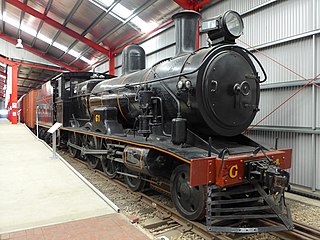
The Commonwealth Railways G class was a class of twenty-six 4-6-0 tender locomotives of the Commonwealth Railways, Australia. The class operated between Port Augusta and Kalgoorlie on the 1435 mm Trans-Australian Railway.

In January 1963 Commonwealth Railways placed an order with Commonwealth Engineering, Granville for 24 air-conditioned carbon steel carriages.
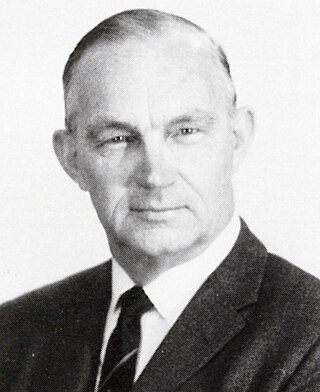
Ronald John Fitch was an Australian railway executive and railway engineer. The majority of his working career was with the Western Australian Government Railways, Commonwealth Railways and the South Australian Railways, where he served as the Railway Commissioner from 1965 until 1973.
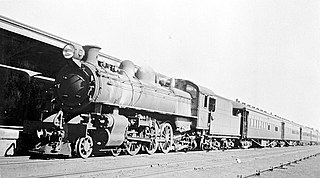
The Kalgoorlie was a railway passenger service operated by the Western Australian Government Railways between November 1962 and November 1971.

The CB class railcar were a type of Budd Rail Diesel Cars operated by the Commonwealth Railways and Australian National in Australia from 1951 until 1990.
